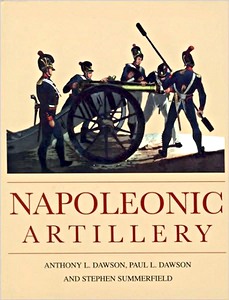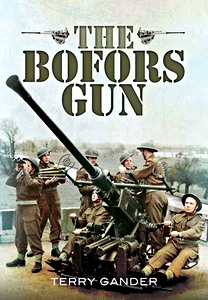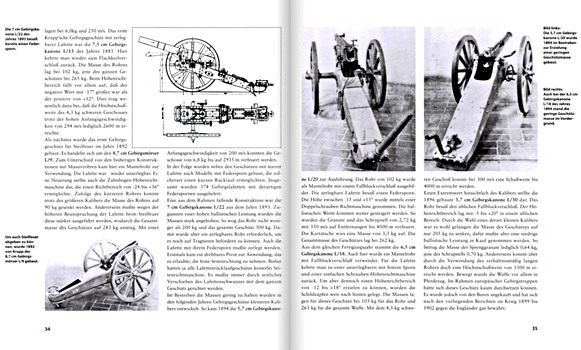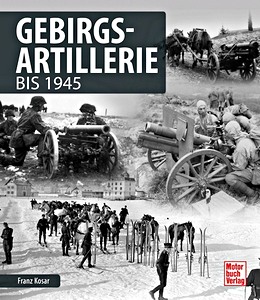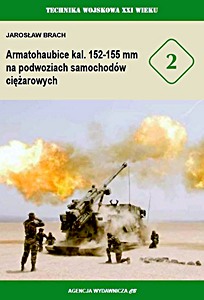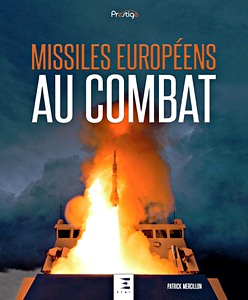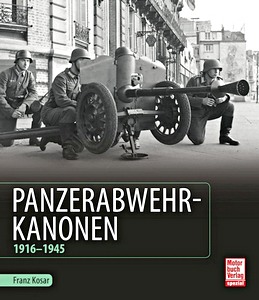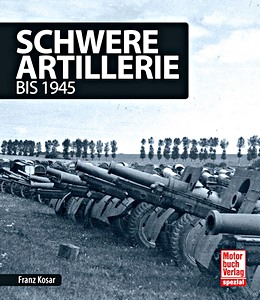Greek and Roman Artillery 399 BC–AD 363 (Osprey)
The catapult (katapeltikon) was invented under the patronage of Dionysius I, tyrant of Syracuse, in the 4th century bc. At first only the arrow-firing variant was used, and it was not until the reign of Alexander the Great that stone-projecting catapults were introduced. The Romans adopted these weapons during the Punic Wars and further developed them, before introducing the new arrow-firing ballista and stone-throwing onager.
This title traces the often controversial design, development and construction of these weapons throughout the history of the classical world.
Contents: Introduction - The Arrow-Firing Catapult of the Greeks - The Stone-Projecting Catapult of the Greeks - Roman Artillery: The Republic and Early Empire - The Roman Artillery Revolution - Conclusion.
Product details
| Author: | Duncan B Campbell |
|---|---|
| Details: | 48 pages, 9.8 x 7.3 x 0.16 in (25 x 18.5 x 0.4 cm), paperback |
| Illustrations: | photos and drawings (in b&w and color) |
| Publisher: | Osprey Publishing (GB, 2003) |
| Series: | New Vanguard (89) |
| ISBN: | 9781841766348 |

Greek and Roman Artillery 399 BC–AD 363
Language: English
Available on Amazon - safe payment and fast delivery
Buy on Amazon.comBuy on Amazon UK
Buy on Amazon CA

